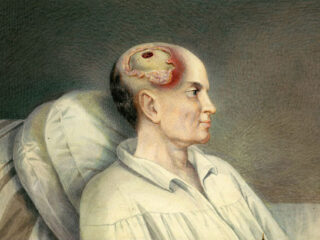Best Case Ever 43 Ruptured AAA
I caught up with Dr. Anand Swaminathan, otherwise known as EM Swami, at The Teaching Course in NYC where he told his Best Case Ever from Janus General of his heroic and collaborative attempts at saving the life of a gentleman who presented to the ED with a classic story for a ruptured AAA. As William Olser famously said, "There is no disease more conducive to clinical humility than aneurysm of the aorta."










